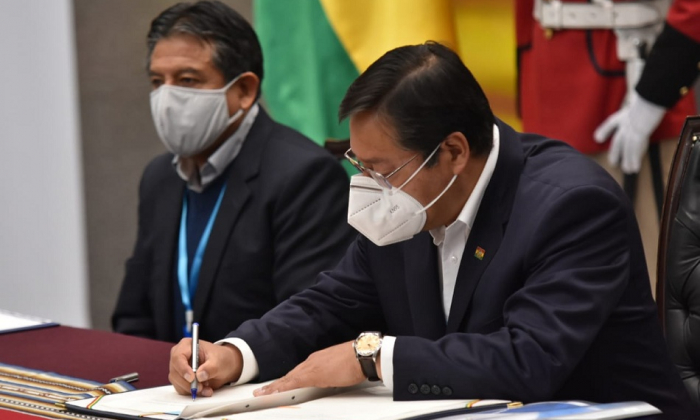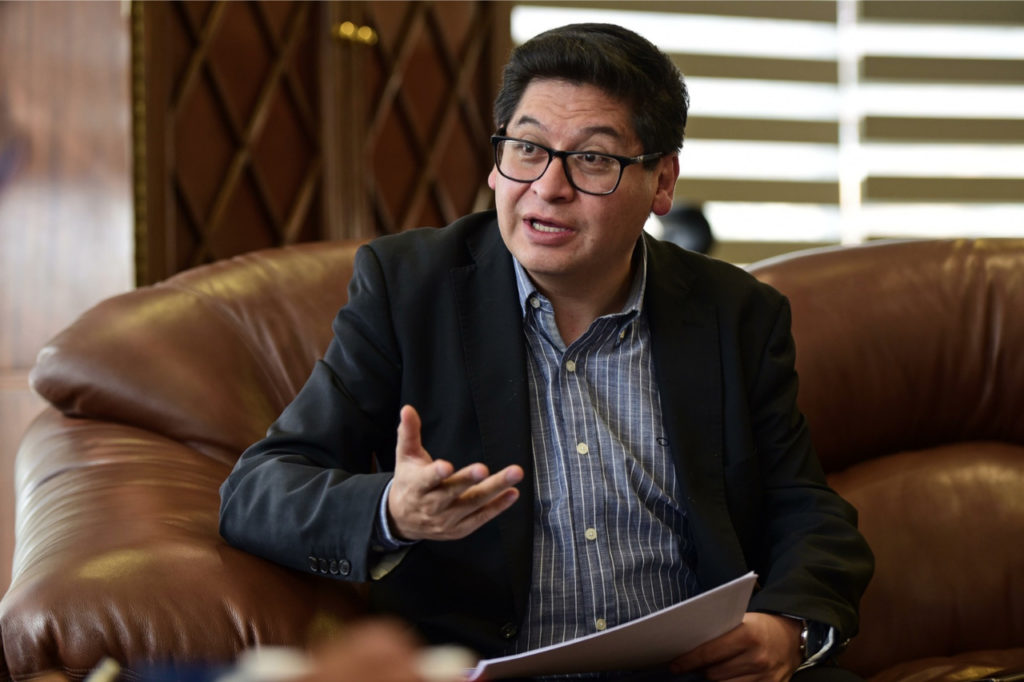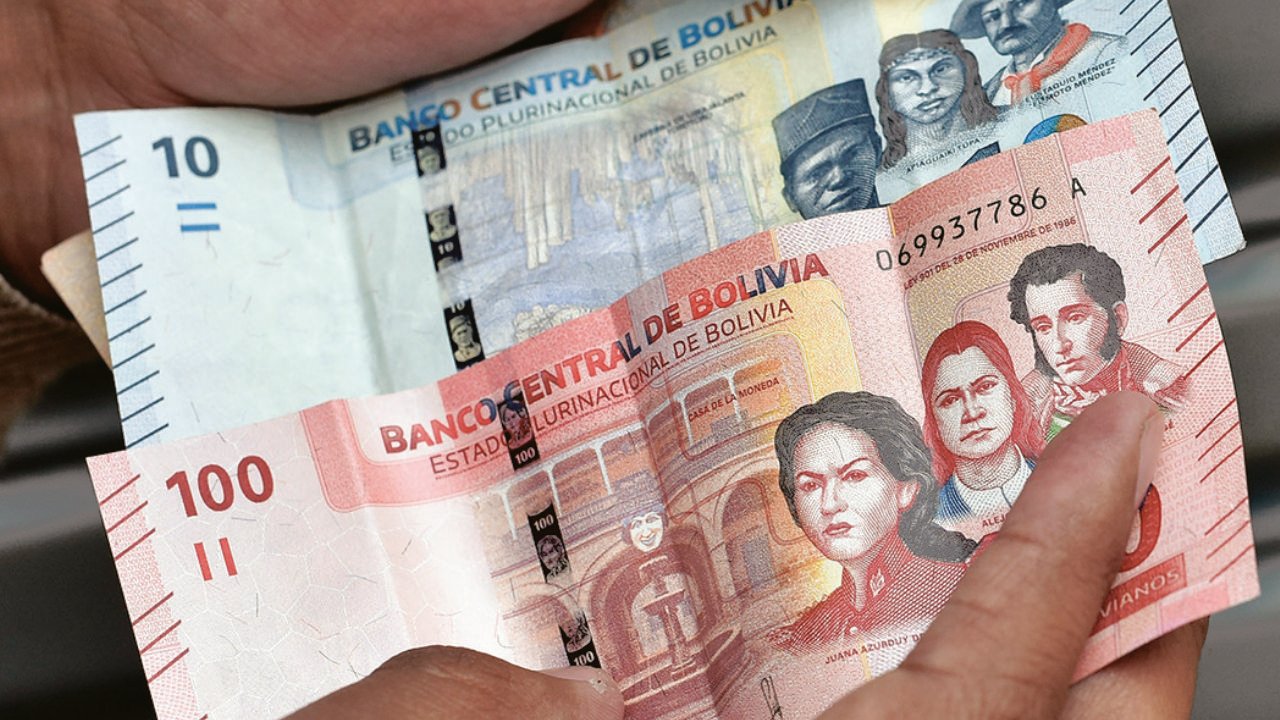The economic recovery after the coronavirus recession and a period of political turbulence was the theme of the General Election held in Bolivia in October. The winner of the electoral process, the candidate from the “Movement to Socialism” party, Luis Arce Catacora, has repeatedly referred in his statements to the thesis on public investment. How does Bolivia intend to improve its economic indicators? What is the “recipe” offered by the current government?
In the economic literature, the role of public investment has always been identified with the need to directly influence the increase in fixed capital and production factors of enterprises. In the case of the Plurinational State of Bolivia, the Socio-Economic Model of the Productive Community (Spanish – Modelo Educativo Socio Comunitario Productivo, MESCP) was proposed, approved in the Plan for Economic and Social Development for 2016-2020 (Spanish – Plan de Desarrollo Económico y Social, PDES). Within this new model, public sector investment is defined as any use of public resources aimed at creating, expanding, replacing, improving, developing and restoring the productive, economic, social and environmental potential of a country. In addition, this list includes a cultural component designed to strengthen a multi-structured economy and the well-being of the population.
Turning to Bolivian history, it is worth remembering that in the neoliberal periods from 1993 to 2005 the average public sector investment was about US $ 556 million, excluding domestic demand and measures aimed solely at supporting large private companies, which hampered the country’s economic development and strengthened the emerging monopolies. During this period, public investments in this area were financed by 53% from external resources and 47% from internal resources. In addition, at that time, investments were provided mainly from external resources (such as loans and donations), subject to the application of public policy requirements.

According to official data from the 2006 administration, the government of Evo Morales (Spanish – Juan Evo Morales Ayma) significantly increased public sector investment from US $ 629 million in 2005 to US $ 4,011 million in 2021, demonstrating a 538% increase in public investment and indicates an important “backbone” of the dynamics of the Bolivian economy, which is financed mainly from domestic economic resources. It is worth noting that in the period from 2006 to October 2019 (the period of the left-wing government), the structure of public investments was provided on average by 74% from internal resources and only 26% – from external ones, which is one of the results implementation of the Socio-Economic Model of the Productive Community (MESCP).
The transitional government that came to power on November 12, 2019 under the leadership of Jeanine Áñez (Spanish – Jeanine Áñez Chávez) took a different economic course, departing from the previous model and trying to appeal to the postulates of the “neoliberal” model, which favored large private companies. Many projects were paralyzed or “frozen”, and from March 22, 2020, Bolivia, like most countries in the region, entered a period of strict lockdown and quarantine measures that lasted more than 6 months. All of this had a multiplier effect on the Bolivian economy.
Evo Morales’ successor, former Minister of Economy and Public Finance, Luis Arce Catacora (Spanish – Luis Alberto Arce Catacora), having come to power on November 8, 2020, again decided to turn to public investment, which has established itself as the main instrument of economic policy from 2016 to 2019 and led to important transformations. By the way, the first measure of the new government was the rejection of a loan from the International Monetary Fund in the amount of US $ 346.7 million in order to restore the economic sovereignty of Bolivia. This loan was approved by the IMF in 2020 under the transitional government of Jeanine Áñez. According to the Bolivian Central Bank, the country returned not only the entire amount of the loan, but also an additional US $ 24.3 million: $ 19.6 million was “dumped” due to currency fluctuations, and US $ 4.7 million – with commissions and interest. The current Minister of Economy and Public Finance Marcelo Montenegro (Spanish – Marcelo Alejandro Montenegro Gómez García) drew attention to the fact that these US $ 24 million were formed in just 9 months since the transfer of funds from the IMF.

In addition, the government of Luis Arce has made adjustments to the General State Budget for 2021. The initial version of the budget prepared by the transitional government focused on lower GDP growth, reduced public sector investment, increased inflation and errors. Arce again increased funding for state investments by US $ 3442 million.
Bolivia’s revised total budget for 2021 assumes US $ 4,011 million in public investment, an increase of 17% over the original plan. It is assumed that the aforementioned amount will be provided by 61% from internal resources and 39% – from external resources. Thus, of the total planned investment: 36.2% will be allocated for infrastructure projects, 34.9% for the industrial sector, 24.9% for the social sphere and 4% for multisectoral projects.
Summing up, it is worth noting that the government of Luis Arce, through the reactivation and public investment, hopes to “embark” on the path of “sustainable development and prosperity of the population”. According to the Minister of Foreign Affairs Marcelo Montenegro, if public resources are managed responsibly, using the Socio-Economic Model of the Productive Community, economic growth will be driven by industrialization, industrial development, improved infrastructure and the expansion of social projects, job creation and poverty reduction. Whether the Bolivian “recipe” for the country’s economic recovery will work, the very near future will show, however, in the context of the second wave of coronavirus in the region and the slowdown in vaccination, this variable will primarily depend on how the new government manages to balance against the background of the sanitary crisis.


